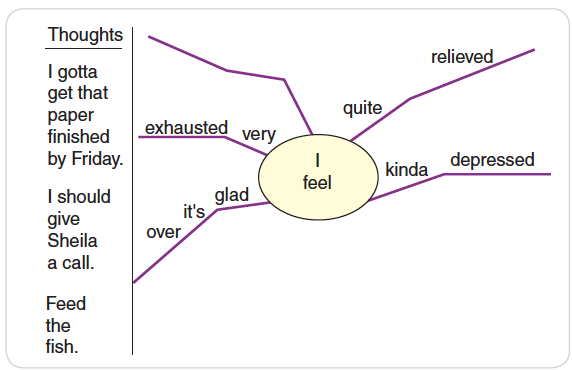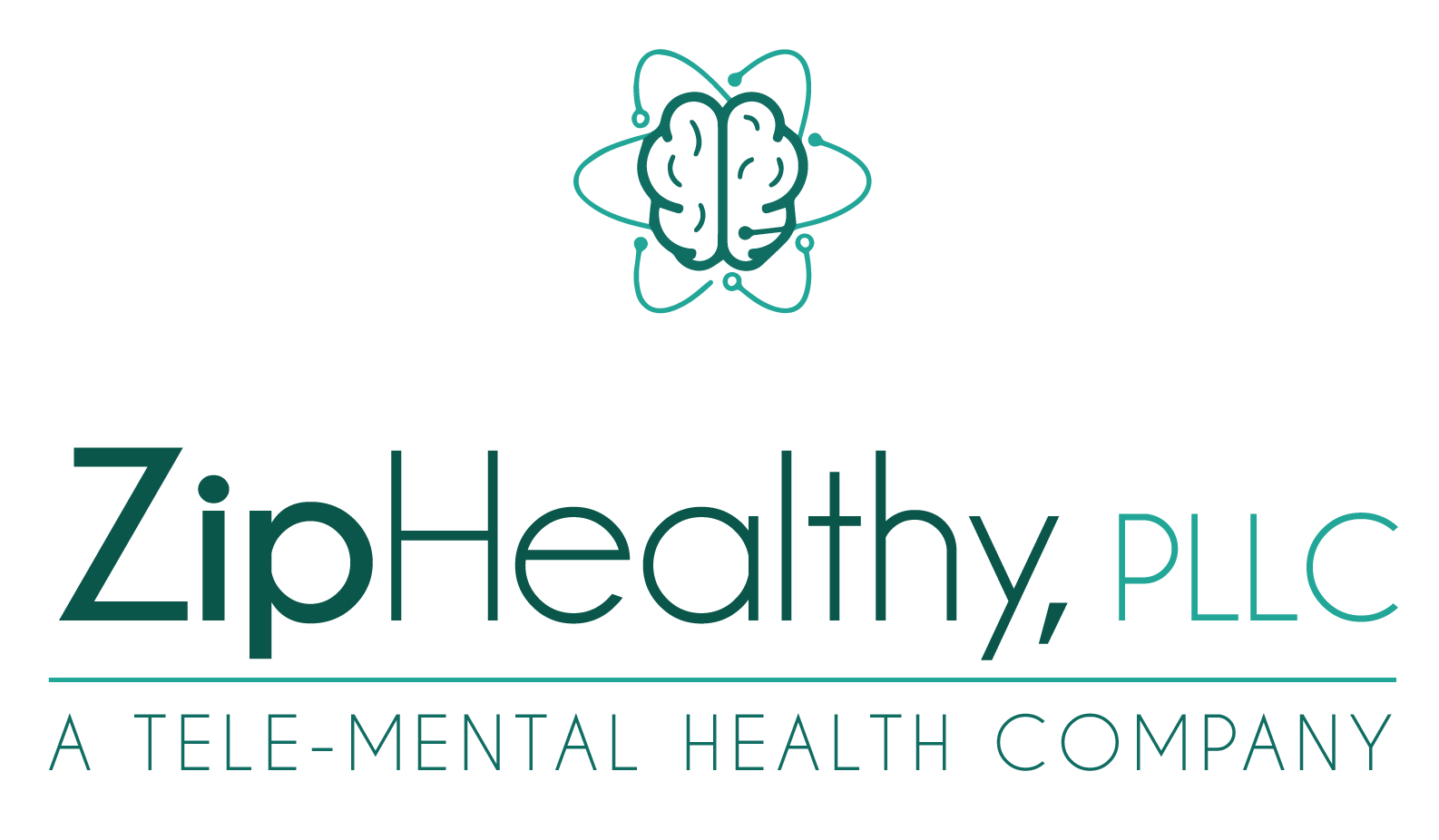At ZipHealthy, we are committed to serving our patients. In line with our vision, mission, and goals, we believe everyone should be able to access confidential, evidence-based, affordable, mental healthcare. We couldn't be happier than serving our clients across Arkansas.
Journal Writing: Ideas, Styles, and Themes
In part two of our journal writing, we discuss journaling styles, ideas, and themes.
Journaling often consists of a daily log on personal events. They can also be inspired by themes that arise and warrant flushing out to afford the writer a new viewpoint on themself. Examples include creative writing, poem writing, dreams, to-do lists, self-esteem concerns, or any subject you'd like to explore.
Try and transmit themes through one or numerous styles of writing. Free-form, in boxes, linear, or circular are a couple of techniques that we will discuss.
The Buzan Technique:
This writing style was developed by Tony Buzan in 1983 and entailed words in a pictorial way that utilizes both the right and left brain thought functions.
In this style, you illustrate a vertical line to the left of the center on the page. All the material to the left of the line is for thoughts or perceptions. For example, one could write, " My coworker was horrible" or "I have to walk my pet tonight." Then, in the center of the remaining space, draw a circle, and in the middle, write the words, "I feel." Finally, every time you feel an emotion, write how you feel in three words. Try using a different ink for each feeling. Whatever pops into your mind, write down as either thought or feeling. Do this for around 10 to 20 minutes. Listening to soft, relaxing classical music might be a good idea. This style attempts to flush out your mind and balance your mental state.

The Proprioceptive Method:
Endorsed by Linda Metcalf, this method assists in connecting with your inner self. It entails synthesizing your emotions and imagination to produce your authentic voice. Proprioceptive equates to body awareness, and Metcalf mentions that including your mind is important and expands the definition. Essentially, why do you have the thoughts you have? Adding some relaxing classical music, an unlined paper, dim lighting, and a writing instrument would be beneficial. Focus on deep writing to eliminate your fears and build a foundation to build trust from within. Continually ask yourself, "What do I mean by.....? When you answer this question, you explore the soul searching process of awareness.
The Dream Journal:
Dreams are interesting information for journals. The famous psychotherapist, Jung, believed attempting to understand the symbolism of one's dreams would lead to psychic equilibrium, a balance of the conscious and unconscious minds promoting personal wholeness. Often the loose ends of stress and perceptions and emotions associated with stress materialize in the dream state as the unconscious mind works on its own analysis and resolution process of thoughts and sensory information received in the conscious state. The unconscious mind is rich in color and symbols, yet poor in its ability to express these symbols as words. Hence, the collaboration of the conscious and unconscious minds is a dynamic one to deal with stressors.
It's important to note that with the advent of mass media, dreams may be less a function of our own thoughts and more a function of making sense or relating to what we are taking in from these mediums.
It's not a bad idea to embrace dreams. Here are some pointers:
1. Before you go to sleep, review the day's events and feelings on paper.
2. While falling asleep, remind yourself that you want to remember your dreams.
3. Take some time to remember your dreams after you wake up. Stay a little bit in the semi-dream state.
4. After you awaken, have your journal and writing instrument close by to record anything about your dreams.
5. Sometimes a dream or parts of one can come to consciousness after being triggered during the day. Take some time to write it down.
After you write your images from your dream down, think about what they mean. Jung believed that dreams were a source of information. You can also craft a final outcome of a recurring dream in your journal. This might not bring full resolution to the recurring dream, but it increases awareness that could help resolve the stressor causing the type of dream.
The Unsent Letters:
Unsent letters offer the opportunity for catharsis, completion, and clarity-or- as I call it, C3. Some people employ this method with success. Some people don't get a chance to say goodbye to others due to a rift or other reason. As a cathartic tool, the drafting of an unsent letter affords an opportunity to release suppressed emotions such as grief, anger, or guilt.
It might not be a good idea to share the letter with anyone else, so emotions can rise freely without the risk that sharing could solicit reprisal.
Unsent letters allow you to lessen your emotional load. Clarity occurs when you realize there is no possibility of rebuttal from the addressee. You can be as direct as you wish, be as curt as you'd like, and describe exactly how and why you feel this way.
While this method may not resolve all issues, it does start the process of bringing closure to your unresolved issues.
Alternatively, you could write your angry thoughts and feelings on a paper, crumble them and throw it away. This can be cathartic.
Here are some final tips on journalling as a coping technique:
1. Obtain a nice journal as the investment might deepen your commitment.
2. Making a list of things going through your head is a great way to start a journal entry. Then you can elaborate on them.
3. Relaxing the mind via relaxing music sometimes helps the thoughts flow.
4. Envision yourself holding a centering object as a way to begin the soul searching process.
5. Try rapping things out if traditional writing isn't your thing. Rhyming can help you order the chaos.
6. Annotating a portion of your journal for creative ideas, photo's, and doodling might be a good idea.
ZipHealthy offers affordable, confidential, and easily accessible care during hours that work for you. We're your connection to a healthier state of mind.



